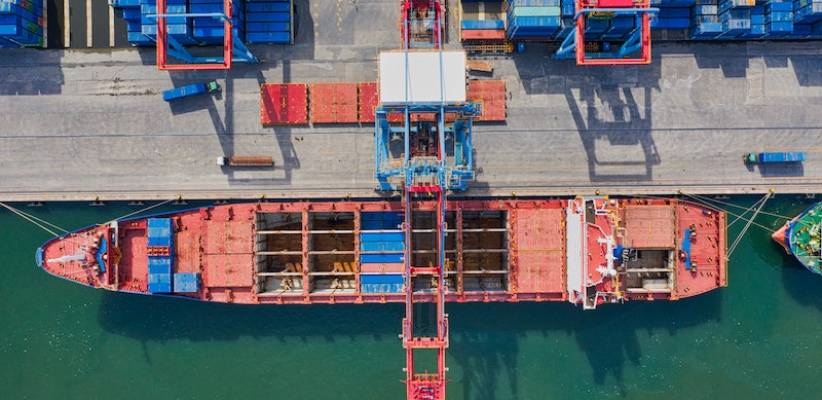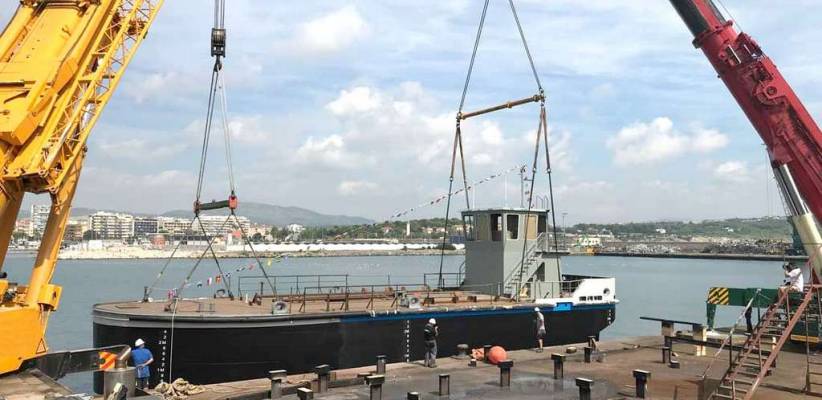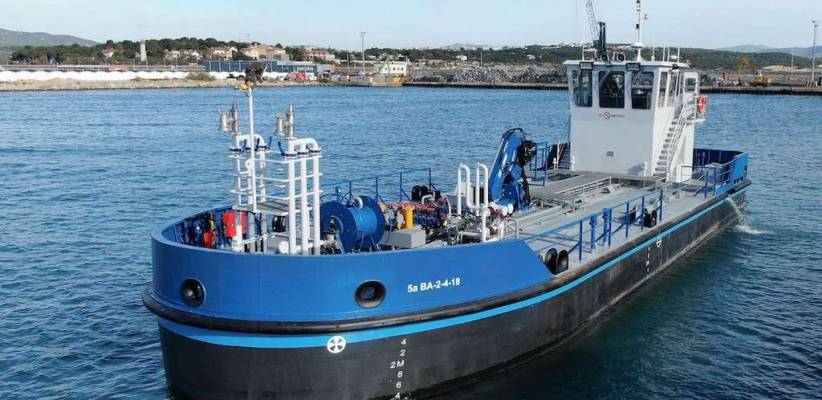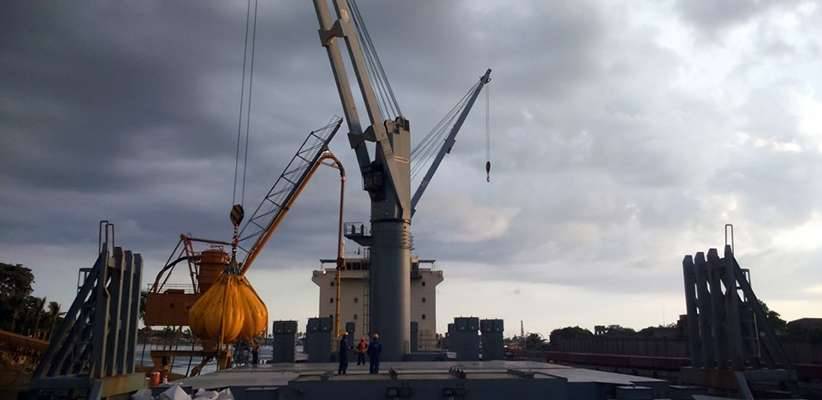OPS or Onshore Power Supply consists in connecting the vessels to the terrestrial electrical network while they are docked at port, so that their auxiliary engines can be off. This represents a great step forward in reducing the emission of polluting gases and noise.
Currently, while they are docked at port, ships keep their auxiliary engines running to maintain the operation of their on-board equipment, such as transfer pumps, refrigeration systems, lighting, emergency equipment, etc. This leads to the emission into the atmosphere of large amounts of Nitrogen and Sulphur oxides, particulate matter and carbon dioxide.
According to the consulting firm Inova Labs, the emission reduction achieved with OPS is drastic: 96% less of Nitrogen oxides, 36% of Sulphur oxides, 68% of particulate matter and 45% of CO2. In analysing this data, it must be taken into account that as renewable energies gain ground in the energy mix, this reduction will continue growing.
European directives and other legislation
The installation of OPS is one of the strategies recommended by the World Ports Climate Initiative, and there are several international standards that suggest its consideration, such as Annex VI of the MARPOL 73/78 Convention or the European directives 2012/33 / CE and 2008/50 / EC.
Also the European Directive 2014/94 / EU, relative to the creation of an infrastructure for alternative clean fuels, specifically refers to the shore-side electricity supply in maritime and inland ports. It establishes that each member state must adopt a national policy framework in which the need to install OPS is considered.
Challenges for the implementation of OPS
OPS has been successfully applied since 2015 in ports such as Hamburg (Germany). However, it is still far from being universally available. The are several reasons for this:
- In most port facilities, the electrical network does not have sufficient power to meet the vessels needs.
- The electrical network does not usually reach the connection point at the docking facilities. This requires an expensive upgrade in most cases. At the recent OPS Meet Cádiz 2021 conference, held in the Spanish city on July 8, Miguel Ángel Vert, Endesa X’s B2B production manager, explained that this company wants to promote the connection of ships to the electrical grid during docking, ”assuming the costs of the infrastructure, and combining the different interests of ports, shipping companies and port operators so that in the near future Spanish ports will be much greener”.
- Most ships are not yet prepared to be connected during docking, despite not being an very complicated adaptation.
The implementation of OPS in Spain
Spanish ports also face the challenge of installing OPS in their facilities. In fact, this system has been a reality for years on Navy bases.
Spanish State Ports is working on the OPS Masterplan project, whose main goal is to draw up a Master Plan for the supply of electricity to vessels while they are docked at Spanish ports. Pilot experiences have already been developed in Santa Cruz de Tenerife, Las Palmas de Gran Canaria and Palma de Mallorca.
Additionally, Inova Labs has developed for Spanish State Ports the study “Measures for the provision of electricity supply to ships in ports of general interest“, whose main goal is to assess the need for the implementation of electricity supply in Spanish ports.





